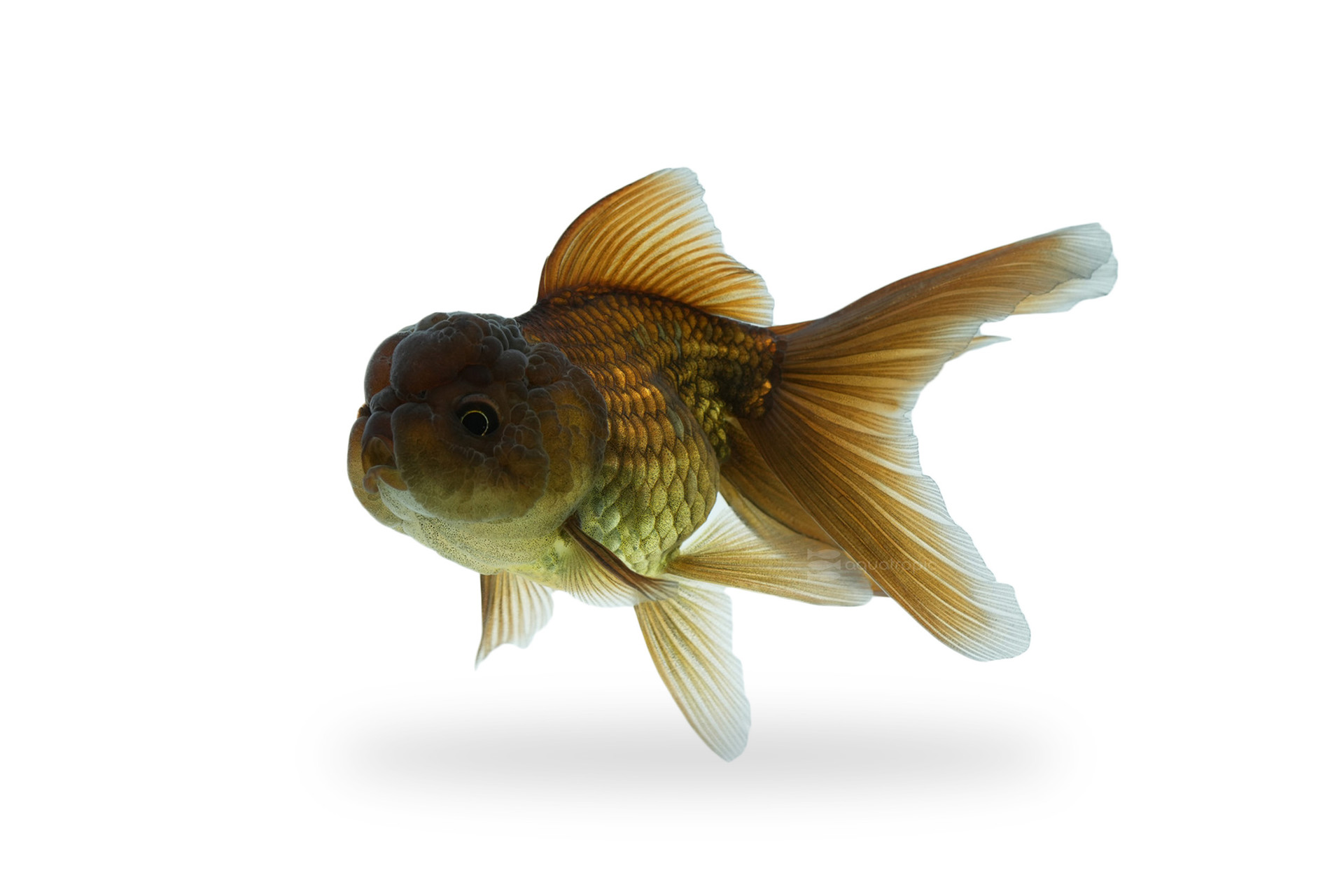The Carassius auratus Known As Oranda

The Oranda Goldfish (Carassius auratus) is a beautiful fish that is known for the large hump on its head. They come in a variety of different patterns in the colors of white, red, orange and black. The Red Cap Oranda, for example, has a red head and the rest of the fish is white! Goldfish are highly variable, but will range from six to seven inches usually when fully grown. That said there have been Orandas reported almost twice that length! These fish have a long time to grow, with a lifespan of about a decade, but can live twice that long under great care!
While Oranda Goldfish are not found in the wild, their ancestors likely came from Central Asia. From that original, likely drab fish, we have all the modern forms of goldfish, including Orandas! Wild goldfish still exist today in their native range, and introduced around the world. Those fish prefer small, slow moving bodies of water such as swampy areas or ponds.
Goldfish like cool (think room temperature here, high 60’s low 70’s Fahrenheit), clean water in aquariums. Because of this they should be housed fairly generously. A minimum of a 40 gallon aquarium should be considered for keeping Orandas, and obviously if the fish grow over time a much larger aquarium may be needed! Powerful filtration and aeration are recommended, as goldfish produce a lot of waste. That said, they are not great swimmers, and so the flow coming out of filters needs to be diffuse enough that they are not struggling to swim. Goldfish will appreciate plants in aquariums, but will root around in the substrate and also eat plants as they see fit. Keep the aquarium relatively obstruction free, as some fancy goldfish will have a hard time seeing or maneuvering around these elements.
While goldfish are not difficult to feed, care does need to be put into choosing an appropriate diet for them. A specialized goldfish flake or pellet is a good place to start, and then supplement that with live or frozen bloodworms, brine shrimp, and mysis, along with a variety of vegetables. When providing vegetables, make sure that they are soft enough for the goldfish to eat. Blanching veggies by quickly dipping them in boiling water can help with this, and the vegetables will help to keep them from getting constipated or having other gastrointestinal issues, which are common to fancy goldfish. Some veggies to start with might include shelled peas, lettuce, spinach or other blanched leafy greens (kale, chard etc).
Breeding goldfish is usually not complicated. You would start by conditioning the fish with plenty of good food, and lots of places for them to lay eggs (spawning mops will work here if you don’t have any other plants or flat surfaces for them to lay eggs on). Drop slowly drop the aquarium temperature as low as you can, down to about 60 degrees. Start to increase the temperature then until you reach the low 70’s all while continuing to feed high quality food. The fish should spawn on their own, and you will notice the males chasing females around. They will gyrate together close to a spawning surface and once the eggs are laid, you can remove the item they were laid on as the parents are known to eat their own eggs! Eggs should hatch in about a week and can be fed baby brine shrimp and crushed flake food.
Oranda Goldfish are beautiful and unique. They are personable and can learn to recognize and feed from the hand of their owner. Properly cared for Orandas will give you many years, if not a couple decades of entertainment. Talk to your local fish store about ordering any one of our sustainably farmed Oranda Goldfish from Aquatropic today!